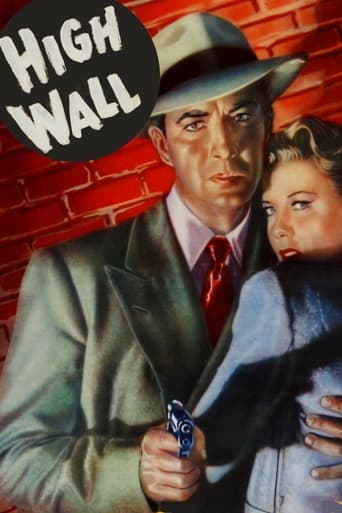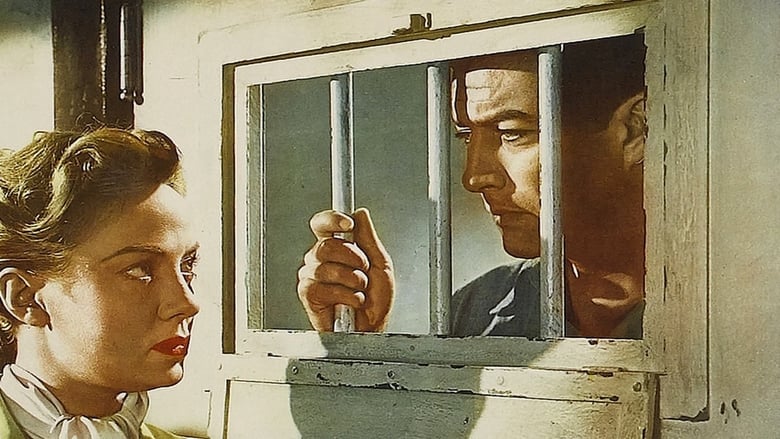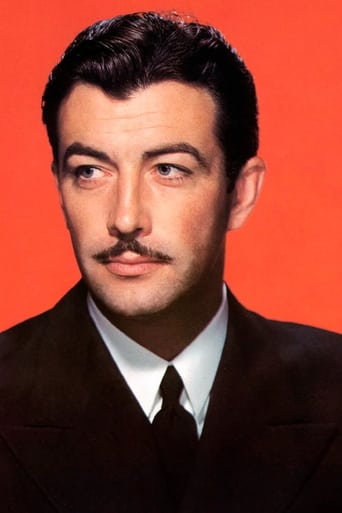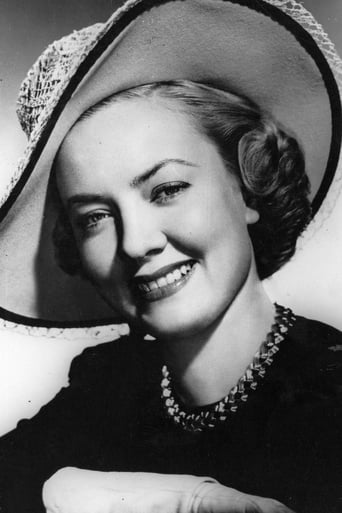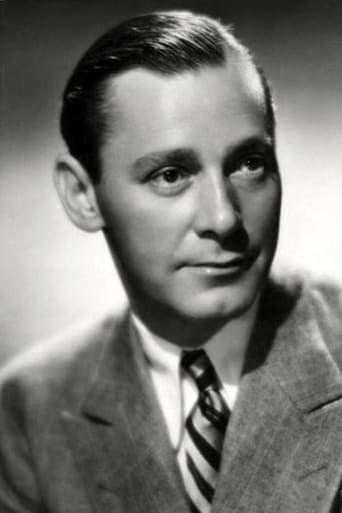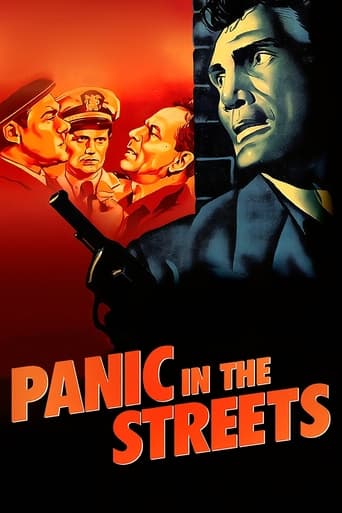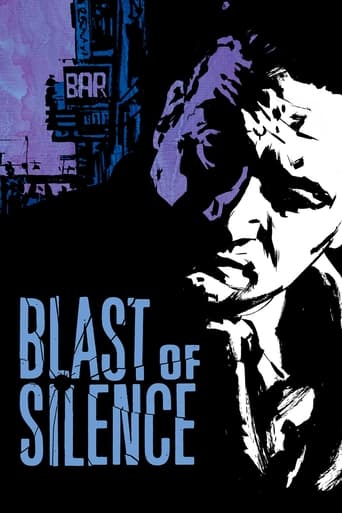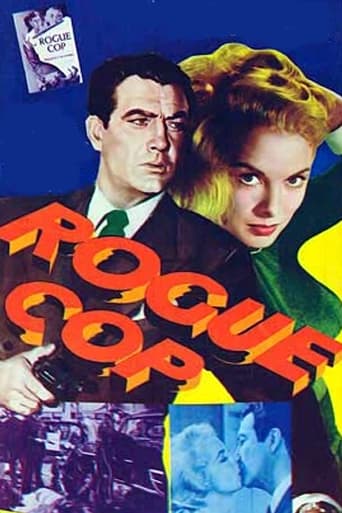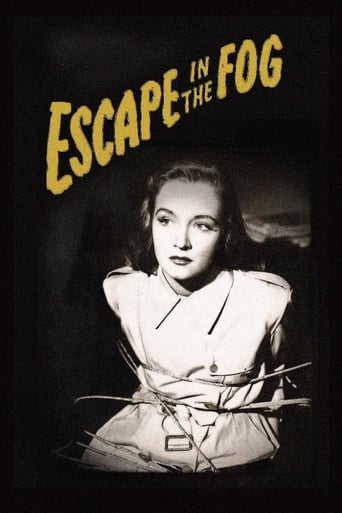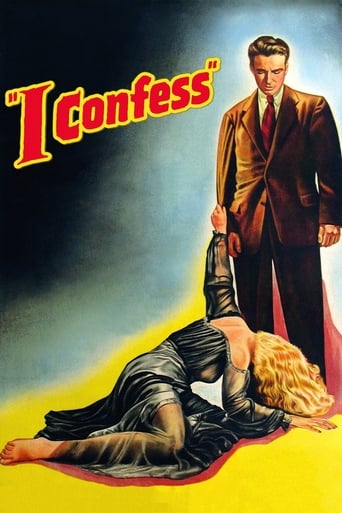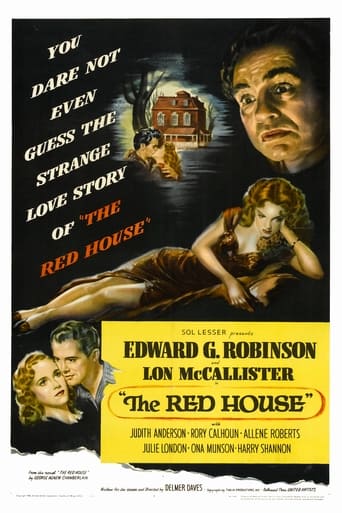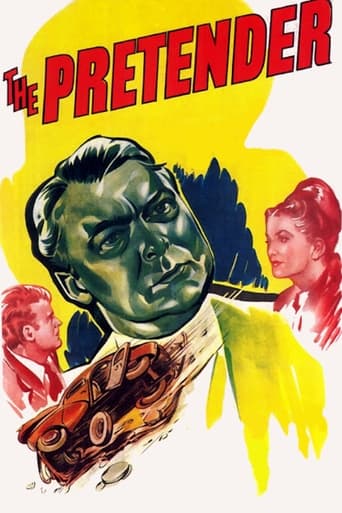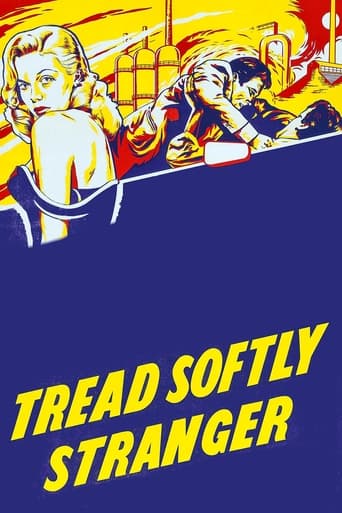High Wall (1947)
Steven Kenet, suffering from a recurring brain injury, appears to have strangled his wife. Having confessed, he's committed to an understaffed county asylum full of pathetic inmates. There, Dr. Ann Lorrison is initially skeptical about Kenet's story and reluctance to undergo treatment. But against her better judgement, she begins to doubt his guilt.
Watch Trailer
Free Trial Channels
Cast


Similar titles
Reviews
The Worst Film Ever
i know i wasted 90 mins of my life.
The story, direction, characters, and writing/dialogue is akin to taking a tranquilizer shot to the neck, but everything else was so well done.
The thing I enjoyed most about the film is the fact that it doesn't shy away from being a super-sized-cliche;
The former WWII pilot Steven Kenet (Robert Taylor) is captured by the police after driving his car off the road into a river with his deceased wife. He confesses that he killed his wife and is sent to a psychiatric hospital for medical evaluation. Kenet has a brain injury from the war that provokes amnesia and the justice department needs to know whether he may be charged of murder or not. Dr. Ann Lorrison (Audrey Totter) is assigned to treat him and offers a surgery to cure him but refused by Kenet. When Kenet is visited by the super of the apartment building where the boss of his wife lives, he insinuates that Willard I. Whitcombe (Herbert Marshall) killed his wife in his apartment. Now Kenet wants to recover his memory and accepts to be submitted to a treatment by Dr. Lorrison. "High Wall" is a film-noir combined with melodrama and romance. The lead story is not bad, but the romance of Kenet and Lorrison has no chemistry and is hard to believe. The black-and-white cinematography is wonderful and the happy-ending is acceptable. My vote is seven.Title (Brazil): "Muro de Trevas" ("Wall of Darkness")
Despite the Dated Psychological Elements Often Attempted in the Noir that were Misunderstood and some Plot Points, Like the Brain Surgery, that are Contrived to Say the Least, this is a Pulse-Pounding Picture Drenched in Shadows and Rain.Along with Offbeat Characters and a World Out of Whack this Murder Mystery is High Entertainment for Film-Noir Fans. Robert Taylor is OK as He is Trying Desperately to Change His Image from Pretty Boy to Versatile Actor. Audrey Totter is Stretched as a Psychiatrist and Herbert Marshall is Creepy Playing Against Type.There is Much Mood and Atmosphere and the Cinematography is Ripe Film-Noir with Expressionistic Lighting and those Swirling Flashbacks and Drugged Surrealism. The Film's Shortcomings, the Already Mentioned Medical Missteps, and an MGM Capitulation of a Happy Ending that is an Anti-Noir Element Happily Included by the Studio.Overall, it is a Bonafide Film-Noir with More to Recommend than Not. It is a Must See for Fans of the Genre and even those with just a Casual Concern for Forties Films and Matinée Idols Trying to Join the Post-War Cynicism that was Not Always Pretty.
High Wall is directed by Curtis Bernhardt and adapted to screenplay by Sydney Boehm and Lester Cole from the play by Alan R. Clark and Bradbury Foote. It stars Robert Taylor, Audrey Totter, Herbert Marshall, Dorothy Patrick and H.B. Warner. Music is by Bronislau Kaper and cinematography by Paul Vogel.Suffering from a brain injury sustained during the war, Steven Kenet (Taylor) is further rocked by the realisation that he may have strangled his wife during one of his blackout episodes. Committed to a county asylum, Steven responds to treatment by Dr. Ann Lorrison (Totter) and comes to believe he just might be innocent of his wife's murder. But can he convince the authorities? Can he in fact get out of the asylum to find proof?By 1947 film noir had firmly encompassed the plot strand involving returning veterans from the war. Plot would find them struggling to readjust into society, they would be battle scarred, emotionally torn or suffering some form of injury, such as a popular favourite of film makers of the time, the amnesia sufferer. High Wall is one of the better pictures from the original film noir cycle to deal with this premise. Where except for a daft method used to bring the story to its conclusion, it's a well thought out and intelligent picture.The pairing of Taylor and Totter is one of the film's strengths, they are helped no end by having parts that requires them to veer away from roles that they were accustomed to. Bernhardt and Vogel dress the picture up superbly, the camera glides eerily around the asylum, throwing impressive shadows across the drama, and the camera technique used for Kenet's flashback sequences proves mood magnificent. Out of the asylum the visuals still remain beautiful whilst still exuding a bleakness befitting the unfolding story, with rain drenched streets the order of the night. While Kaper drifts a suitably haunting musical score across proceedings.It's unhurried and cares about attention to details, and even though some of the ethics involved in story are dubious, this is a smart entry in the psychological film noir canon. 7.5/10
I am surprised that this film was never given its due credit for its strengths while its weaknesses have been highlighted.It is obvious to a casual viewer that the performance of Robert Taylor is superior to most of his other films that exploited his physical attributes more than his innate talent. Taylor would have been a good material for intelligent directors but unfortunately few worked with him. Director Curtis Bernhardt, with European experience behind him, utilized the range of emotions that he could extract from Taylor and the usually "wooden" Taylor emerges as an intelligent, purposeful individual.The obvious weaknesses is the science of psychotherapy, brain surgery and truth serums that are presented in the film, which we now know is antiquated and is incorrect. Bernhardt has been criticized for his apathetic depiction of mental asylums in the film. All of this is correct but what would you do in the Forties if that is what you knew of the subject at that time.Director Bernhardt to me is the person to be most admired in this movie, not actor Taylor. Take the sequence of the visit of the asylum staff to the house of the mother of the lead male character. You see the milk bottles and the newspapers outside the door. You have no response to the doorbell. Then you see a child peeking from behind the curtains and meekly opening the door. No word is spoken. The dead mothers feet are shown to us. Cut to another sequence. That is great cinema--good understanding of psychology, and deliberate underplaying of emotions by merely using visuals and editing the shots without resorting to emotional dialog. The second most interesting facet of the film is the script. The rain used in the film (couldn't have been from the original play) adds so much to the atmosphere of the film. The sequences in the restaurants and bars, however short, are highlights of the strong script.The editing, antiquated as it looks nearly 60 years after the film was made, is noteworthy for its crispness and relevance. The camera-work, exploiting shadows on frosted glasses and dark alleys, is equally remarkable. Curtis Bernhardt could have been proud of this work despite its weakness for researching the subject inadequately. Handsome Taylor can be credited with a handful of good performances and strangely all of those performances had him playing anti-heroes. This is is one of those few.

